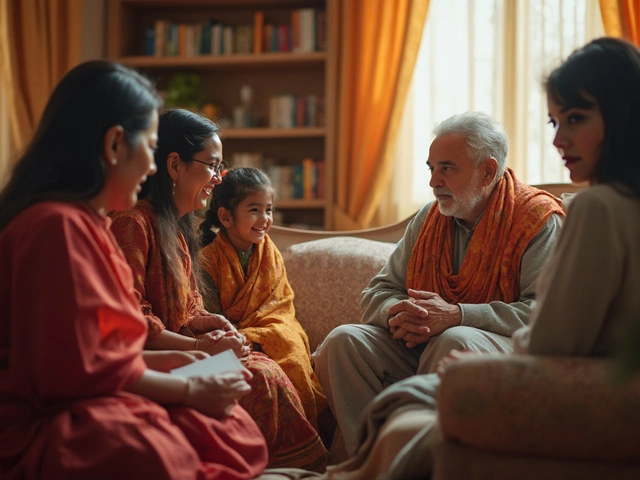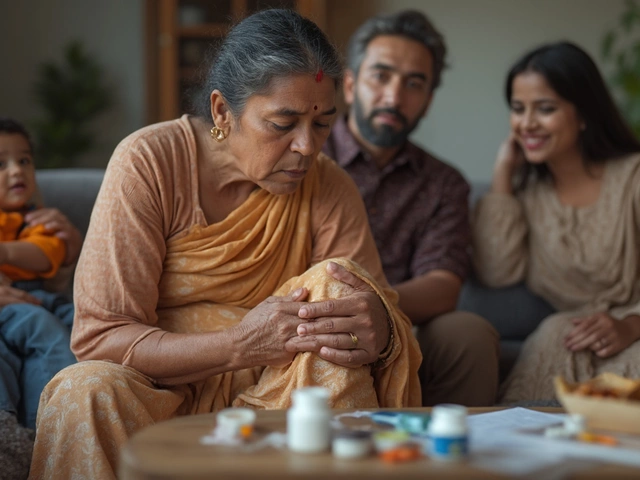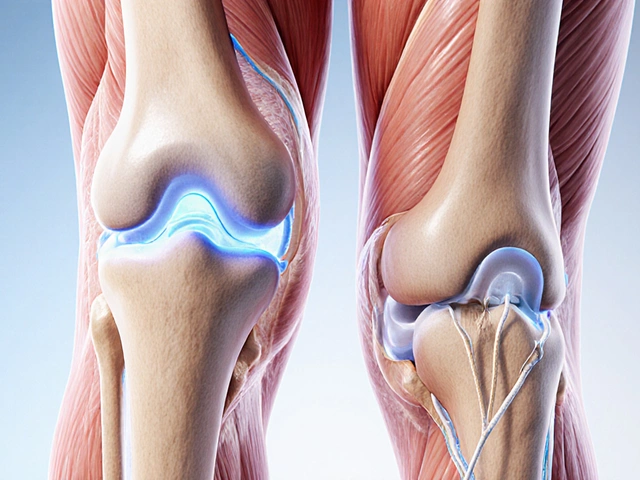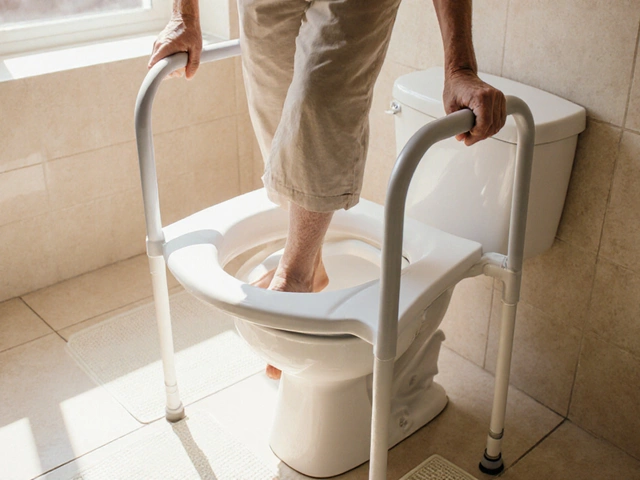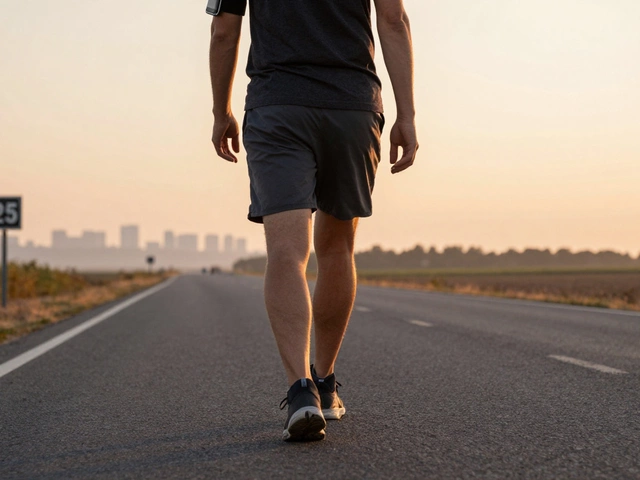- Home
- Orthopedics
- The #1 Mistake That Makes Bad Knees Worse (And How to Stop It)
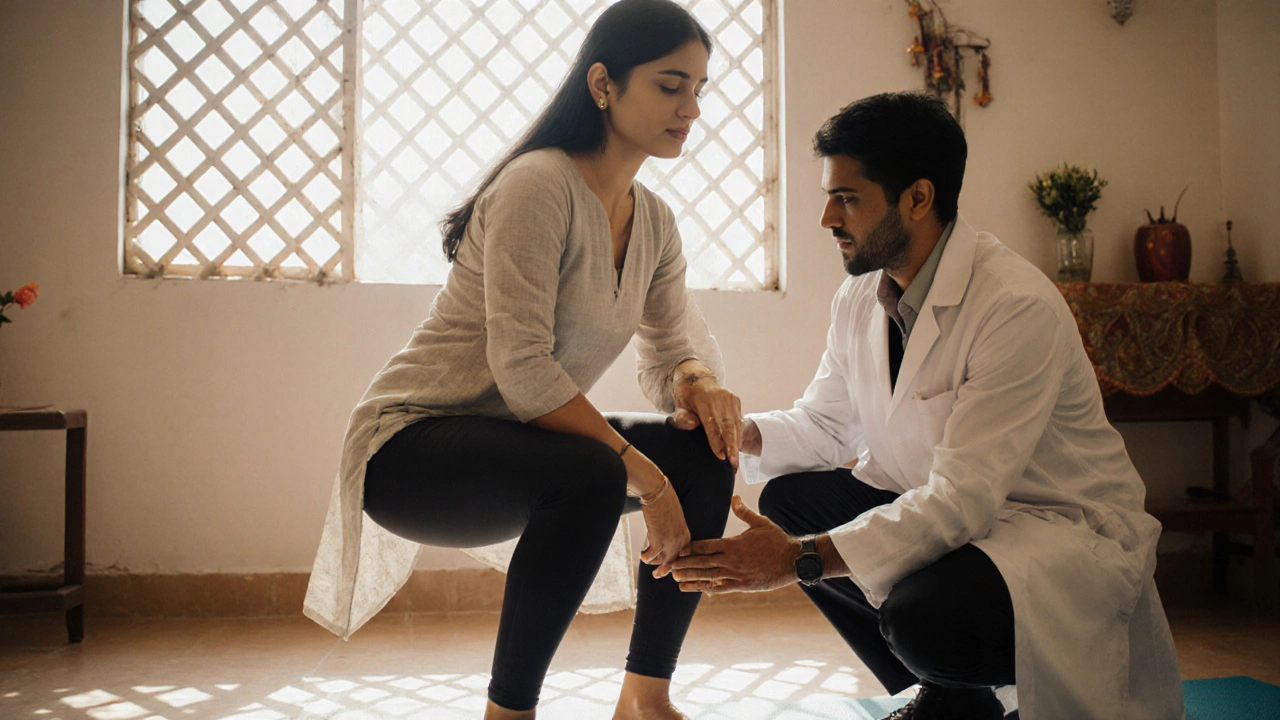
The #1 Mistake That Makes Bad Knees Worse (And How to Stop It)
Knee Alignment Habit Checker
This tool helps identify common daily habits that may contribute to knee misalignment and joint wear.
Select habits that apply to your daily routine:
Key Takeaways
- The biggest culprit behind worsening knees is neglecting proper alignment during daily movements.
- Misalignment overloads cartilage and meniscus, accelerating wear.
- Simple posture tweaks, ergonomic furniture, and supportive shoes can halt the decline.
- Combine alignment fixes with strength work and low‑impact activities for lasting relief.
- Seek a specialist if pain persists or swelling appears.
What the Knee joint is and Why It Matters
When you hear "bad knees" most people picture a painful joint that creaks every time they climb stairs. In reality, the knee joint is a complex hinge linking the thigh bone (femur) to the shin bone (tibia), with a small cartilage‑covered cap (the patella) on top. Its smooth operation depends on several key components:
- Cartilage - a slippery tissue that cushions bone‑on‑bone contact.
- Meniscus - two C‑shaped pads that absorb shock and stabilize the joint.
- Ligaments - strong bands that lock the bones in place.
When any of these parts wear out, the whole system starts to grind, leading to osteoarthritis, chronic inflammation, stiffness, and that dreaded knee pain that limits daily life.
The #1 Mistake: Ignoring Proper Alignment in Everyday Activities
Doctors and physiotherapists agree on one thing: the single biggest habit that turns a mildly sore knee into a full‑blown disaster is failing to keep the joint in neutral alignment when you move. Whether you’re standing in line, reaching for a mug, or walking to the car, tiny deviations add up.
Think of the knee as a door hinge. If the door swings open a few degrees off‑axis every time you use it, the screws eventually loosen and the door starts to wobble. The same physics applies to your knee. Misalignment forces one side of the cartilage to bear more load, causing uneven wear and accelerating degeneration.
How Misalignment Accelerates Damage
When the knee tilts inward (called valgus alignment) or outward (varus), the load distribution shifts dramatically:
- One compartment of the joint experiences up to 60% more pressure.
- The overloaded meniscus starts to tear, losing its shock‑absorbing ability.
- Cartilage in the high‑pressure zone erodes faster, exposing bone and sparking inflammation.
Over weeks and months, this pattern transforms a manageable ache into progressive inflammation that fuels swelling, stiffness, and further mis‑alignment - a vicious cycle.
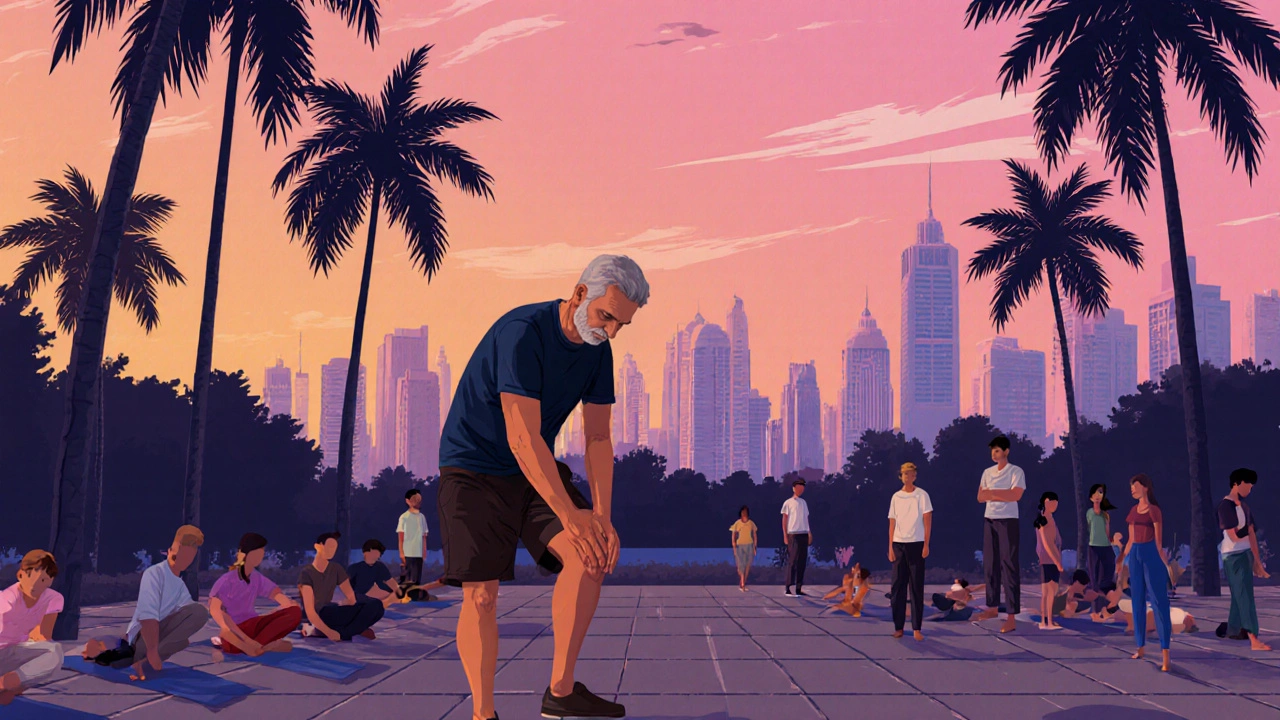
Common Situations That Lead to Misalignment
Many everyday habits sneak in misalignment without us noticing:
- Standing with weight shifted to one leg - common while waiting in line or texting on a phone.
- Sitting with knees crossed or twisted - a relaxed pose that actually twists the joint.
- Climbing stairs without using the handrail - forces the knees to bear the full body weight abruptly.
- Wearing unsupportive shoes - flat soles or high heels change the angle of the ankle, which in turn misaligns the knee.
- Carrying heavy bags on one shoulder - pulls the upper body sideways, pulling the knee out of line.
If you recognize any of these, you’re already halfway to fixing the problem.
Simple Strategies to Restore Proper Alignment
Here’s a bite‑size action plan you can start today:
- Mindful standing: Distribute weight evenly on both feet. Use a wall or a mirror to check that your knees point straight ahead, not inward.
- Ergonomic sitting: Keep thighs parallel to the floor, feet flat, and avoid crossing legs. A small footrest can help.
- Choose supportive footwear: Look for shoes with a firm midsole and arch support. Orthotic inserts work wonders for flat feet.
- Strengthen the surrounding muscles: Simple low‑impact exercises like straight‑leg raises, side‑lying leg lifts, and wall sits improve the quadriceps and hip abductors that keep the knee stable.
- Incorporate low‑impact cardio: Swimming, cycling, or an elliptical machine keep the joint moving without pounding it.
Pair these habits with brief “reset” checks every hour - stand up, align your knees, and take a few mini‑squats to reinforce proper tracking.
Bonus: Other Mistakes to Dodge
Even if you fix alignment, a few other habits can sabotage your knee health:
- High‑impact activities like running on concrete or jumping rope excessively - they spike joint load.
- Overtraining without rest - muscles need recovery to support the joint.
- Ignoring pain signals - “no pain, no gain” is a myth; persistent ache signals that tissue is stressed.
- Skipping physical therapy after an injury - a guided program restores muscle balance and alignment.
Balance activity with recovery, and you’ll keep the knee moving smoothly for years.
Quick Checklist: Mistake vs. Impact
| Mistake | How It Hurts the Knee |
|---|---|
| Ignoring proper alignment | Uneven load → cartilage wear, meniscus tears, inflammation |
| Wearing unsupportive shoes | Misaligned ankle → knee valgus/varus, increased joint stress |
| High‑impact activities | Repeated shock → micro‑fractures in cartilage, accelerated OA |
| Skipping strengthening exercises | Weak stabilizers → poor tracking, higher injury risk |
| Ignoring persistent pain | Continued damage → chronic inflammation, functional loss |
When to Call a Specialist
If you notice any of these red flags, schedule a visit with an orthopedist or physiotherapist:
- Swelling that doesn’t subside after 48 hours.
- Sharp, stabbing pain that wakes you at night.
- Instability - the feeling that the knee might give out.
- Loss of full range of motion (can’t fully straighten or bend).
Early intervention, possibly with imaging and a tailored physical therapy program, can halt progression and restore function.
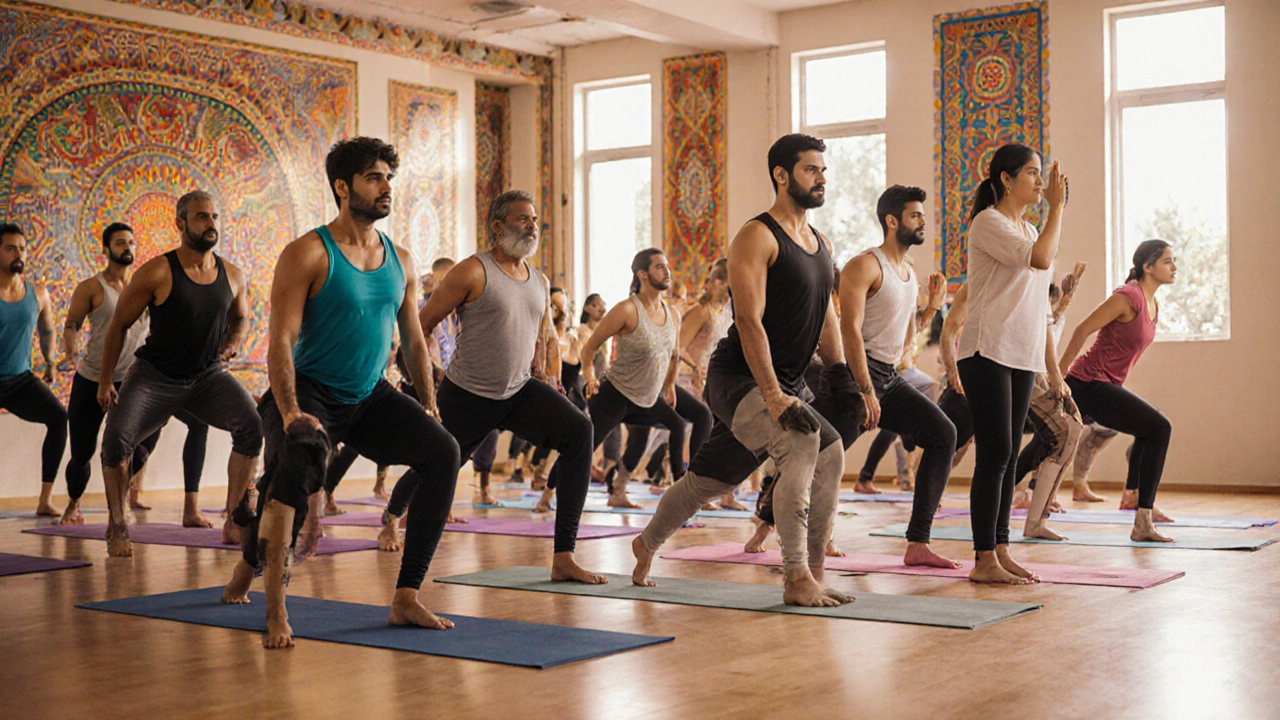
Frequently Asked Questions
Why does standing on one leg make my knee hurt later?
Standing on one leg forces the opposite knee to absorb the entire body weight. If your alignment is off, the load concentrates on one part of the cartilage, causing micro‑damage that surfaces as pain hours later.
Can footwear really change my knee alignment?
Yes. Shoes with proper arch support keep the foot from rolling inward or outward. This stabilizes the ankle, which directly influences the knee’s tracking angle, reducing valgus or varus stress.
Are there any quick exercises to improve knee alignment?
Try the "wall sit with a ball": place a small ball between your knees, press gently while sliding down a wall into a 45‑degree squat, and hold for 30 seconds. The ball trains the inner thigh muscles to keep the knees together.
Is it safe to continue running if I have mild knee pain?
Mild pain isn’t a green light for high‑impact running. Switching to a softer surface, reducing mileage, and adding strength work is safer. If pain persists beyond two weeks, see a professional.
How long does it take to see improvement after fixing alignment?
Most people notice reduced soreness within 2‑4 weeks of consistent posture and strengthening habits. Full structural benefits, like slowed cartilage wear, develop over months, especially when paired with weight management.

Arnav Singh
I am a health expert with a focus on medicine-related topics in India. My work involves researching and writing articles that aim to inform and educate readers about health and wellness practices. I enjoy exploring the intersections of traditional and modern medicine and how they impact healthcare in the Indian context. Writing for various health magazines and platforms allows me to share my insights with a wider audience.
About
Medical Resource Center India is a comprehensive online platform dedicated to providing reliable health information and medical resources in India. Explore a wide range of articles, tips, and advice on medicine, healthcare services, and wellness. Stay informed about the latest developments in Indian medicine and access valuable insights into maintaining a healthy lifestyle. Discover expert guidance and health solutions tailored for every Indian citizen. Your go-to destination for authoritative medical knowledge in India.
